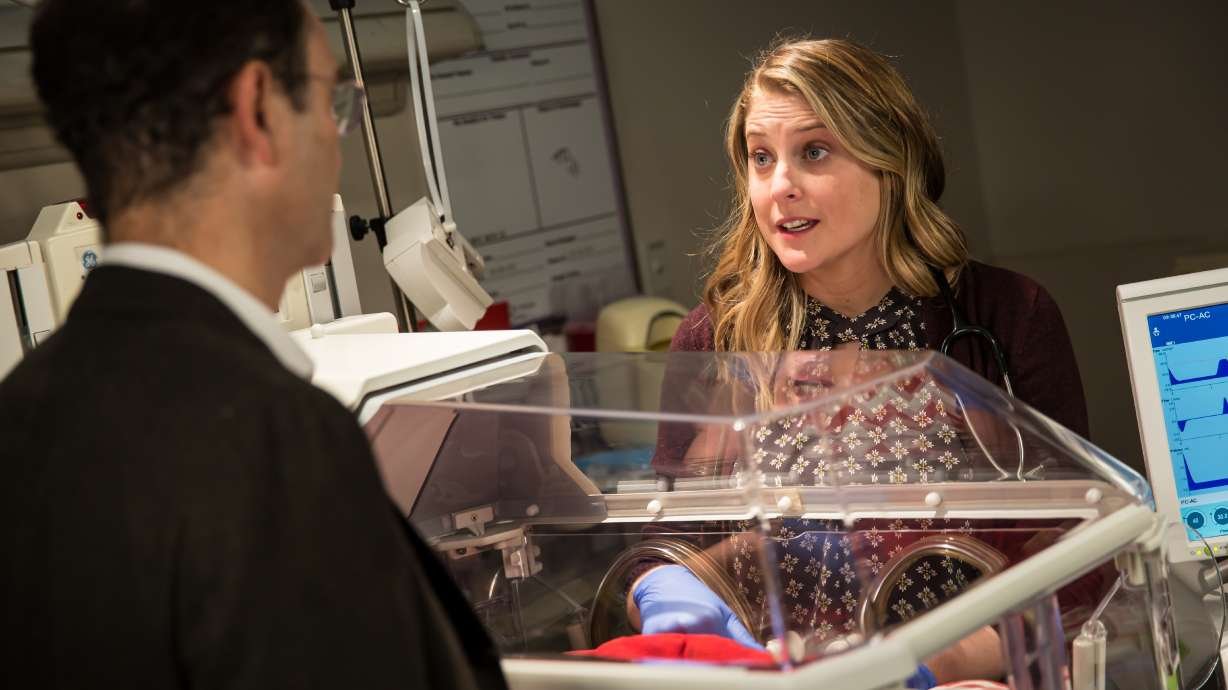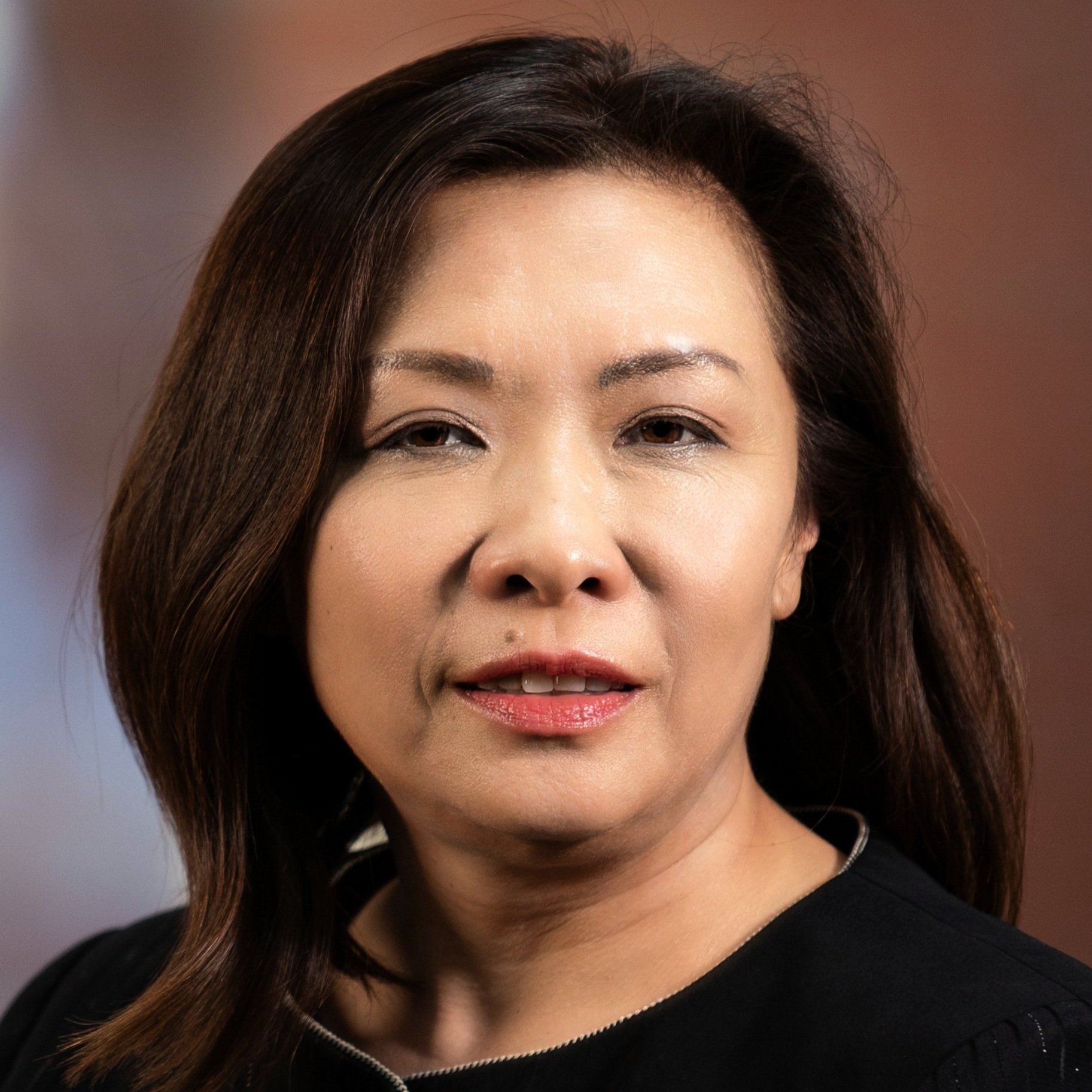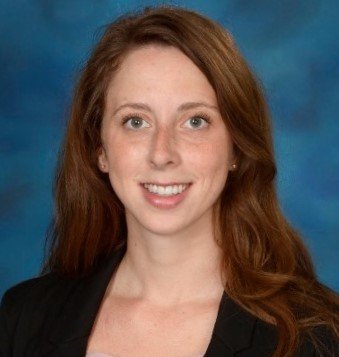Seeking Hope
Utah NeoSeq Project uses rapid whole genome sequencing to help families of critically ill newborns in the University Hospital NICU find answers.
By: Autumn Thatcher (BA ’03)
Photo credit: Courtesy photos
Illustration by: Harry Campbell
It was during the first trimester of her pregnancy with her second child that Anne Taylor learned her baby had a chance of carrying a genetic condition—a 50 to 100% chance—and there was no way of knowing how severe it would be. Throughout the remainder of her pregnancy, Taylor and her husband, Ben, participated in genetic testing and counseling; and the baby had been examined through a series of ultrasounds and fetal echocardiograms to try and determine what condition, if any, he had.
Non-stress tests came back normal, and most of the baby’s physical markers that had originally raised concerns had been resolved.
“When you say 50 to 100, that still means there’s a 50% chance he doesn’t have anything at all, and he’s totally fine, which we were hoping for, especially with all the tests that came back that were so reassuring,” Taylor says.
On July 2, 2022, Taylor’s water broke. At 38 weeks into her pregnancy, she was full term. The Taylors went right to the University Hospital and checked into Labor and Delivery, where a resuscitation team was standing by just in case. The team went to work as soon as her son, Cal, was born. But no one expected what would happen in those next moments—or the weeks to come.
“He was blue; he was floppy. They called him hypotonic,” Taylor says. “The resuscitation team suctioned him, but he wasn’t breathing. There are no words to describe the shock and the grieving that took place as soon as he was born, and we realized this is really serious.”
The resuscitation team quickly got Cal on nasal intermittent positive pressure ventilation and admitted him directly to the neonatal intensive care unit (NICU) for respiratory failure. The Taylors were left grappling with the realities of what was happening and questions that no one could yet answer.
Two days after Cal’s birth, the Taylors were joined at his bedside by the U’s neurology and genetics teams. It was then that they learned about the Utah NeoSeq Project—a University of Utah Health study that is part of the Primary Children’s Center for Personalized Medicine program—and their eligibility to participate in it.
USING A MULTIDISCIPLINARY APPROACH, THE PROJECT HAS WORKED WITH 66 PATIENTS SINCE IT LAUNCHED IN JANUARY OF 2020.
“The Utah NeoSeq Project aims to answer the question of how the child’s genes are influencing their current condition through rapid whole genome sequencing (rWGS),” explains Chelsea Solorzano, RN, project coordinator for the NeoSeq Project.
Using a multidisciplinary approach, the project has worked with 66 patients since it launched in January of 2020 and currently comprises 80 researchers representing several areas across the University of Utah Health Sciences—in addition to partners from ARUP Laboratories.
Solorzano says that, as the most comprehensive genetic test currently available, a diagnosis using rWGS has the potential to provide families with answers, as well as a map for family planning and additional resources.
“Other times, a nondiagnostic result rules out multiple syndromes and conditions, which can be its own kind of answer,” she adds.
The NeoSeq team analyzes the data gathered through rWGS to look for DNA variants—changes in a patient’s genetic code—that are different from what is typically seen in the general population.
“For this study, we are looking at all of the DNA for variant(s) that cause an infant’s disease. When we can’t find a clear answer in the DNA, we may do RNA sequencing,” says Sabrina Malone Jenkins, MD, associate professor of pediatrics at the University of Utah in the Division of Neonatology and principal investigator for the Utah NeoSeq Project. “By revealing an underlying genetic condition for why the infant is so sick, we are able to personalize our care and target our medical management.”
While there are other groups doing similar work, it’s the collaboration between medical genetics and genomics experts from ARUP, and experts from the clinical and research side at the U, under one research umbrella that, according to senior scientist Steven Boyden, PhD, places the Utah NeoSeq Project at the forefront of innovation.
“One of the things that makes it different from similar efforts that are going on elsewhere is the fact that we do this both rapidly and on a research basis. We really do have the best of both worlds,” Boyden explains. “Those of us at the University of Utah are doing analysis on a research basis, which gives us more analytical flexibility, but we have [experts] at ARUP who have all of the experience required to interpret and classify variants as to whether they’re diagnostic or not using clinical criteria, which the management team appreciates.”
Using a series of cutting-edge software tools to analyze DNA variants—many of which have been developed by U scientists on the team—NeoSeq researchers work quickly to get answers in less than seven days. Malone Jenkins says it takes a lot of manpower and people to make it work—and it also requires a significant amount of funding.
“We have been so fortunate to collaborate with the University of Utah Center for Genomic Medicine from the beginning,” she says. “And then we have had financial support from ARUP Laboratories, Illumina, the Margolis Foundation, the Burton Foundation, and, now, an impactful donation from Mark and Kathie Miller—all of which have made this work possible.”
Fewer than 50% of NeoSeq participants currently get a medical diagnosis, but when a medical diagnosis is made, it can be life-changing.
“ONE OF THE THINGS THAT MAKES IT DIFFERENT FROM SIMILAR EFFORTS THAT ARE GOING ON ELSEWHERE IS THE FACT THAT WE DO THIS BOTH RAPIDLY AND ON A RESEARCH BASIS.”
“When we have a diagnosis, it really brings the whole medical team together so that we can work together to provide the best care for that child,” says medical geneticist Brian Shayota, MD, MPH.
Cal Taylor’s parents knew not to necessarily expect a medical diagnosis when they elected to participate in NeoSeq and have their and Cal’s blood drawn for rWGS, but they were desperate for any information that might help them navigate the road ahead.
The NeoSeq team had results within days, and when Cal was 16 days old, the Taylors participated in a care conference where the NeoSeq team presented their findings and neurologists helped interpret the results. The analysis revealed that Cal had damaging variants in both copies of his NEB gene, with one deficient copy inherited from each of his parents. NEB encodes the protein nebulin, an important structural component of skeletal muscle tissue.
“They told us that, considering Cal’s clinical presentation, his hypotonia, his absent reflexes, he likely had a condition called Nemaline Rod Myopathy (NM), for which there is no cure,” Taylor says. “We learned it is a rare disease that causes muscle weakness, most severely in the areas closest to the body, which would significantly shorten his life, and a muscle biopsy was needed to confirm the diagnosis. It was a hard meeting.”
The biopsy exhibited nemaline rods, confirming the diagnosis and revealing that Cal has the most life-threatening form of NM.
He cannot swallow, speak, or breathe independently—and will never walk. Since that diagnosis in August of 2022, Cal has undergone several surgeries, and the Taylors have made many return trips to the ER. But each moment— whether excruciatingly painful or filled with pride and joy—has brought the family closer together.
“He’s remarkable. He’s strong. He’s patient through all of this,” Ben Taylor says. “His tenacity inspires me.”
The Taylors continue to work with the NeoSeq team to try and understand Cal’s DNA changes—one Anne Taylor says is so rare that he is currently the only person reported with his particular combination of DNA variants. They also hope to use Cal’s story as a way to help other families who may be on a similar path, while shedding light on the work that NeoSeq is doing.
“It’s such a cool feeling knowing they’re in your corner. I can’t imagine what we probably wouldn’t even know [without NeoSeq]. We probably would’ve spent lots of money to find out, and resources are thin,” Ben Taylor says. “The testing was free to us. They have access to these supercomputers that can analyze the data from this testing—and they have their team ready to go through and find out which variants could have contributed to a condition. I don’t even know how long that would have taken us without this project.”
NeoSeq senior scientist Barry Moore says that, as the project evolves, the team’s goal continues to be uncovering information that allows for better patient care—and those who have provided philanthropic support hope others are inspired to join them in creating a lasting impact.
“Knowing the genetic cause of a patient’s disease helps families and doctors identify potential research studies that the patient may participate in, connect with others in the community who share their genetic diagnosis, and provide focus for following the progress of research in the field of the identified diagnosis,” Moore says. “Knowing can open the door of hope for the future.”
Group Effort
Eighty researchers currently collaborate as part of the Utah NeoSeq Project:
ARUP: Molecular Genetics and Genomics
Bioinformatics
Fellows
Medical directors
Research and Development Team
Divisions of the Department of Pediatrics
Cardiology
General Pediatrics
Genetic Counselors
Genetics Neonatal Research Coordinators and Managers
Neonatology
Neurology
Utah Center for Genetic Discovery
Disease Gene Discovery
General Bioinformatics
Long Read Analysis
Method and Infrastructure Development
Reference-free Variant Calling/Analysis
RNA-seq Analysis
Structural Variant Calling/Analysis
Software Development
Steven Boyden, PhD
Senior Scientist
Rong Mao, MD
Medical Director, ARUP
Barry Moore
Senior Scientist
Thomas Nicholas
Senior Scientist
Rachel Palmquist
Genetic Counselor
Brian Shayota, MD, MPH Medical Geneticist
Tools of the Trade
*TOOLS and PLATFORMS: Variant prioritization, genomic data management, and team-based diagnostic platforms are utilized to support data analysis, quality control, phenotype analyses, and clinical presentation. The team uses over a dozen software tools for data analysis, over half of which were developed at the U by members of UCGD labs.
UTAH-DEVELOPED TOOLS
GEM: AI-based tool for diagnosis of rare genetic disease
goleft indexcov: coverage checks, large copy number variants, and aneuploidies and heterozygosity
Peddy: gender, relatedness, ancestry, and heterozygosity
RUFUS: reference-free single nucleotide variant and structural variant calling
Slivar: filtering of single nucleotide variants and structural variants
Smoove: structural variant calling
STRling: short tandem repeat expansion calling
SVAFotate: structural variant allele frequency annotation
ADDITIONAL TOOLS
bcftools: regions of homozygosity/loss of heterozygosity, uniparental disomy
Emedgene (Illumina): online platform for variant calling, annotation, and filtering of all variant types
Fabric Genomics: online platform for genomic analysis and diagnostic reporting of rare genetic disease
gangSTR: short tandem repeat expansion calling
Manta: structural variant calling
MoChA: chromosomal aneuploidies and large copy number variants
*Data provided by Steven Boyden, PhD, director of research and science, UCGD Core, and Rong Mao, MD, medical director in the Molecular Genetics and Genomics section at ARUP and program director for the ACGME-accredited Laboratory Genetics and Genomics Fellowship.










